Morocco, a land where the warm sun meets the vast desert and ancient cities, holds a myriad of secrets waiting to be uncovered. Often celebrated for its vibrant souks and majestic palaces, there’s much more to this North African jewel than meets the eye. Let’s embark on a journey to explore ten intriguing facts about Morocco that shed light on its rich culture, history, and natural beauty.
#1. The Blue Marvel of Chefchaouen:
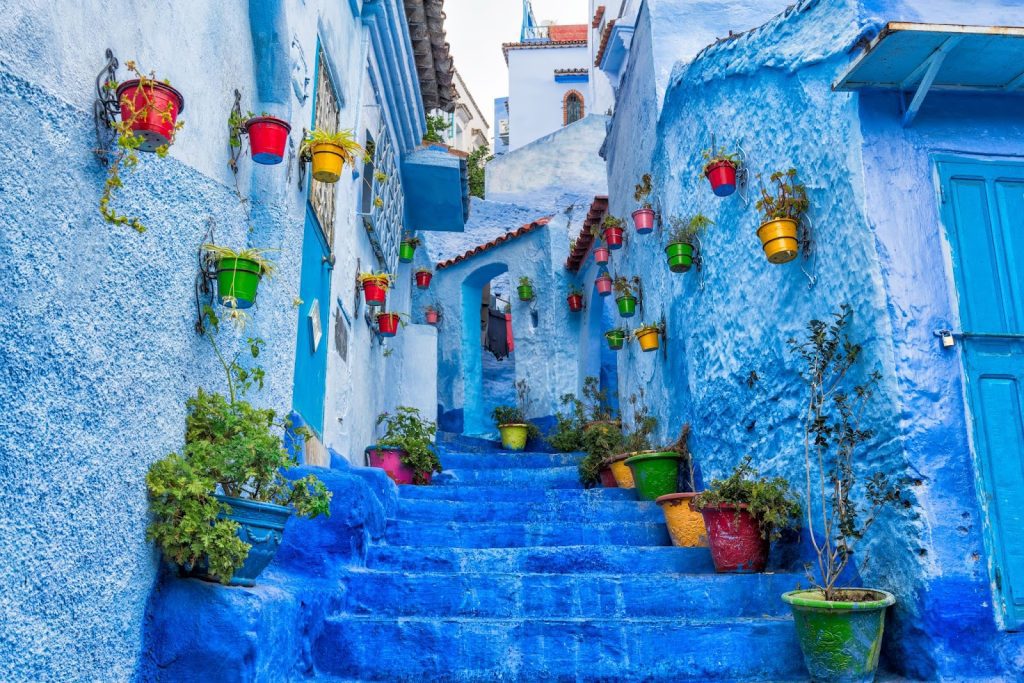
Chefchaouen, known as the Blue City, isn’t just a treat for the eyes with its various shades of blue covering buildings, streets, and alleys. This color choice is steeped in Jewish teachings, symbolizing the sky and heaven, encouraging a life of prayer and serving as a reminder of God’s power.
#2. Europe’s Stone’s Throw Away:
Morocco’s unique geographical position makes it the closest African country to Europe. The Strait of Gibraltar, a narrow waterway, separates Morocco and Spain by just 14 kilometers, emphasizing the historical and cultural exchanges between Africa and Europe.
#3. The Art of Moroccan Mint Tea:
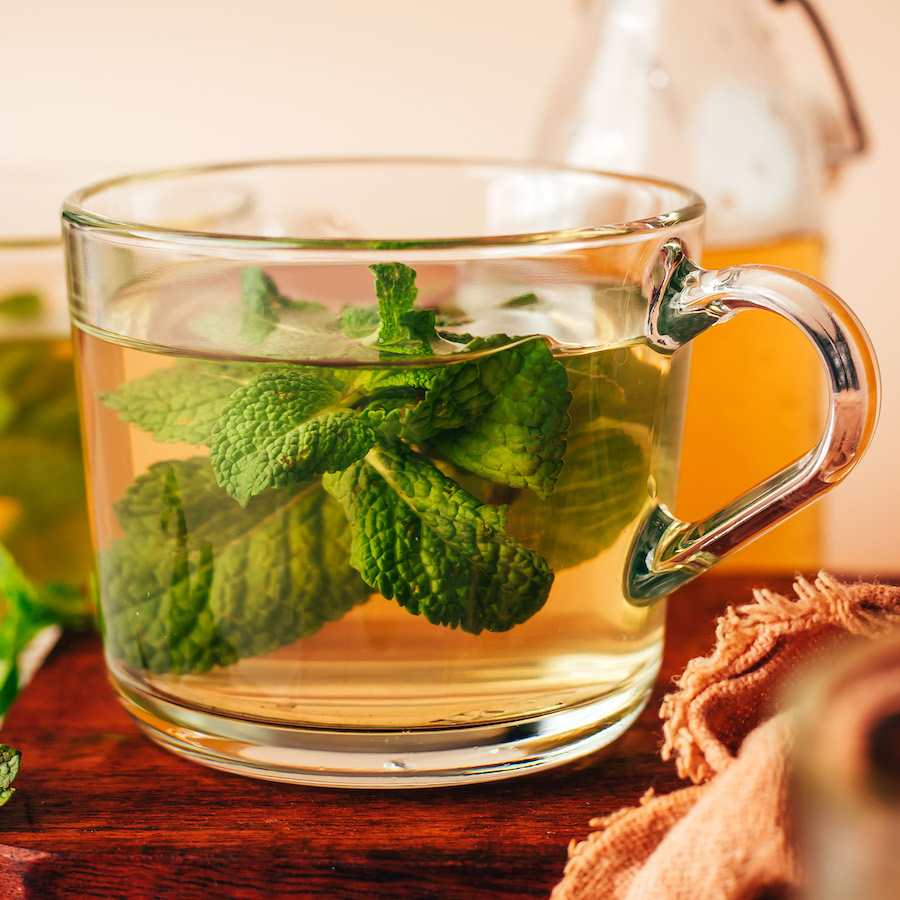
Moroccan mint tea, often referred to as ‘Moroccan whiskey,’ is not just a drink but a cultural symbol. Prepared with green tea, fresh mint, and a generous amount of sugar, it’s a staple in Moroccan hospitality and a tradition passed down through generations.
#4. A Repository of Knowledge:
The Al Qarawiyyin Library in Fez, founded in 859, is not only one of the oldest libraries in the world but also part of the oldest continuously operating university. It houses rare manuscripts and books, some written by historically renowned scholars.
#5. A Landscape of Contrasts:
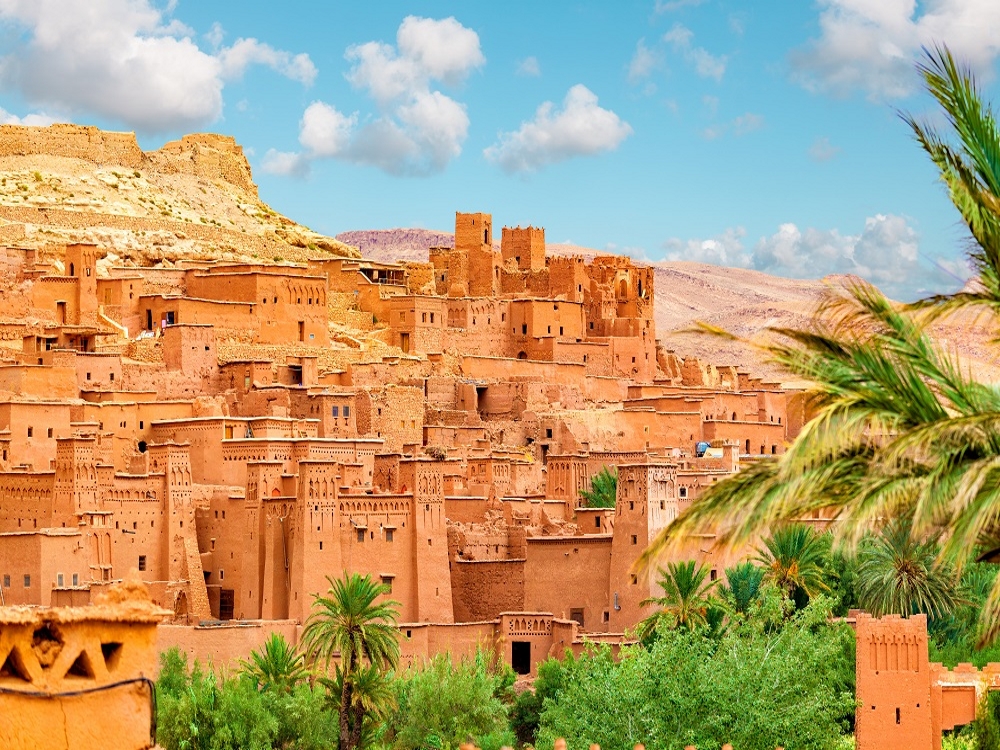
Morocco’s geography is incredibly diverse. The Atlas Mountains offer snow-capped peaks, while the Sahara Desert presents vast dunes. The country also boasts lush oases, Mediterranean beaches, and verdant valleys, offering a unique blend of landscapes.
#6. A Star of the Silver Screen:
Ait Benhaddou, a striking earthen clay village, has been a favorite for Hollywood filmmakers. This UNESCO World Heritage site has featured in movies like ‘Gladiator’ and ‘Game of Thrones,’ thanks to its timeless and traditional Moroccan architecture.
#7. The Labyrinthine Souks:
Moroccan markets, or souks, are more than just shopping destinations. They are the cultural heartbeats of cities like Marrakech and Fez. Here, you can find everything from handmade crafts, spices, and textiles to traditional Moroccan lamps and pottery.
# 8. The Feline Residents:
Cats are an integral part of Moroccan urban life. Seen as symbols of good luck and protectors from evil spirits, they roam freely and are respected and cared for by locals.
#9. The Liquid Gold – Argan Oil:

Unique to Morocco, Argan oil, often called ‘liquid gold,’ is prized for its culinary, cosmetic, and medicinal properties. The Argan tree, from which the oil is extracted, is so rare that it’s only found in the Moroccan region of Souss-Massa.
#10. The Sahara Experience:
The Moroccan part of the Sahara Desert offers breathtaking experiences like camel treks, overnight stays in Bedouin tents, and the chance to witness the awe-inspiring Saharan sunrise and sunset amidst the tranquil dunes.
The Extent of Morocco’s Phosphate Reserves
Phosphate, a key ingredient in fertilizers, is crucial for global food production. Morocco’s phosphate reserves are the largest in the world, with the country holding approximately 72% of the world’s phosphate reserves, according to data from the U.S. Geological Survey. The bulk of these reserves are located in the Western Sahara, a region with a complex political status, which Morocco claims as part of its territory.
The state-owned company, OCP Group (formerly known as Office Chérifien des Phosphates), manages these reserves. Established in 1920, OCP Group has played a pivotal role in the development and management of these resources. Their operations span from mining to processing and export, making them a key player in the global phosphate industry.
Morocco’s Contribution to the Global Market
Morocco’s dominance in phosphate reserves translates into a significant role in the global market. The country is the world’s largest exporter of phosphate rock and phosphoric acid, and the third-largest exporter of phosphate fertilizers. This dominance affords Morocco considerable influence over global phosphate prices and supply.
The importance of Morocco’s phosphate reserves becomes even more pronounced considering the global dependence on this mineral. Phosphates are essential for agriculture, and by extension, global food security. The high concentration of phosphate reserves in Morocco thus places the country in a strategic position in terms of influencing global food production.
Economic and Political Implications
The economic implications of Morocco’s phosphate wealth are substantial. The phosphate industry is a significant contributor to the country’s GDP and is a major source of employment. It also plays a crucial role in Morocco’s international trade, with the OCP Group forming partnerships with various countries and companies to supply phosphate and its derivatives.
Politically, the control over such a crucial resource gives Morocco leverage in international relations, particularly in the African continent where agriculture forms the backbone of many economies. However, this control also brings challenges, especially concerning the Western Sahara region, where the status of the territory remains a contentious issue.
Sustainability and Future Prospects
As the demand for food and, consequently, fertilizers grows with the global population, the significance of phosphate reserves is set to increase. However, this raises questions about the sustainability of phosphate mining and its environmental impact. Morocco, under the OCP Group, has invested in developing more sustainable mining practices and is also exploring the recycling of phosphates.
In conclusion, Morocco’s vast phosphate reserves place it at the forefront of the global phosphate industry. Its role as a key supplier of this essential mineral makes it a significant player in global food security and agricultural development. The economic, political, and environmental aspects of this dominance present both opportunities and challenges for Morocco, highlighting the complex interplay between natural resources and global dynamics.

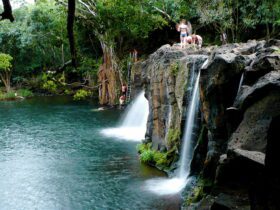
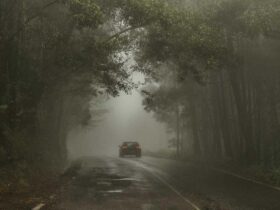

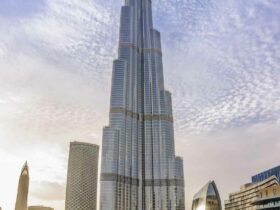


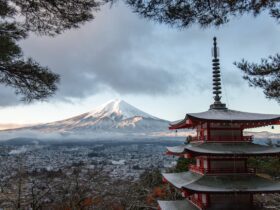

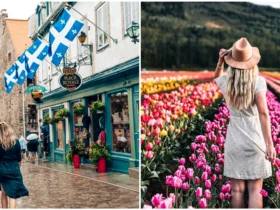
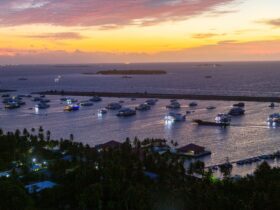

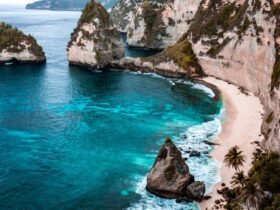
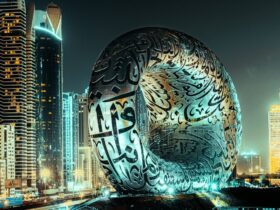

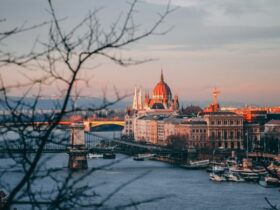


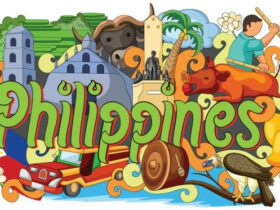


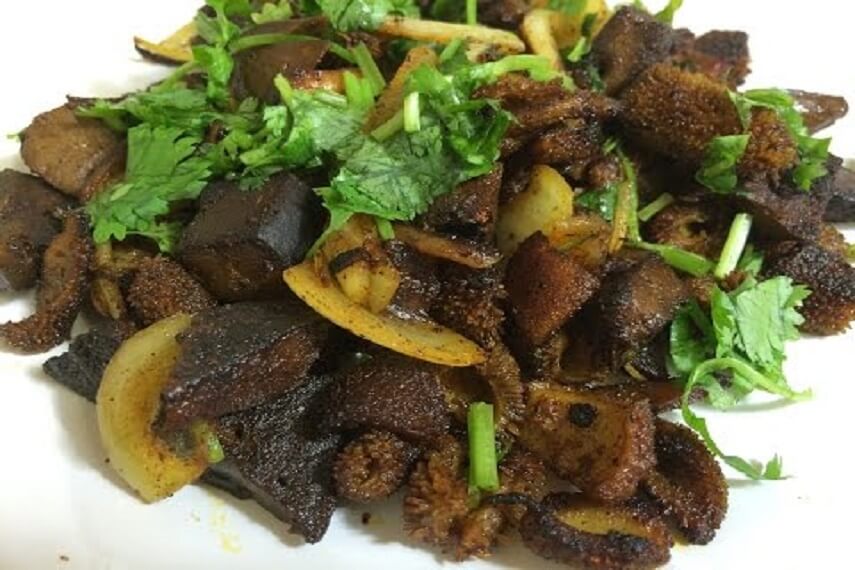
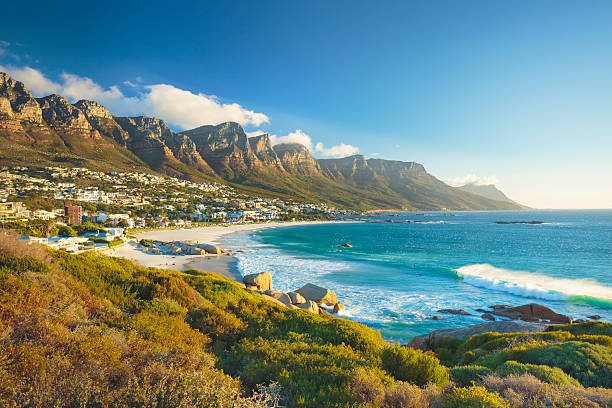




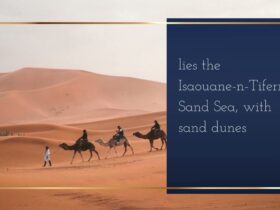
Leave a Reply
View Comments